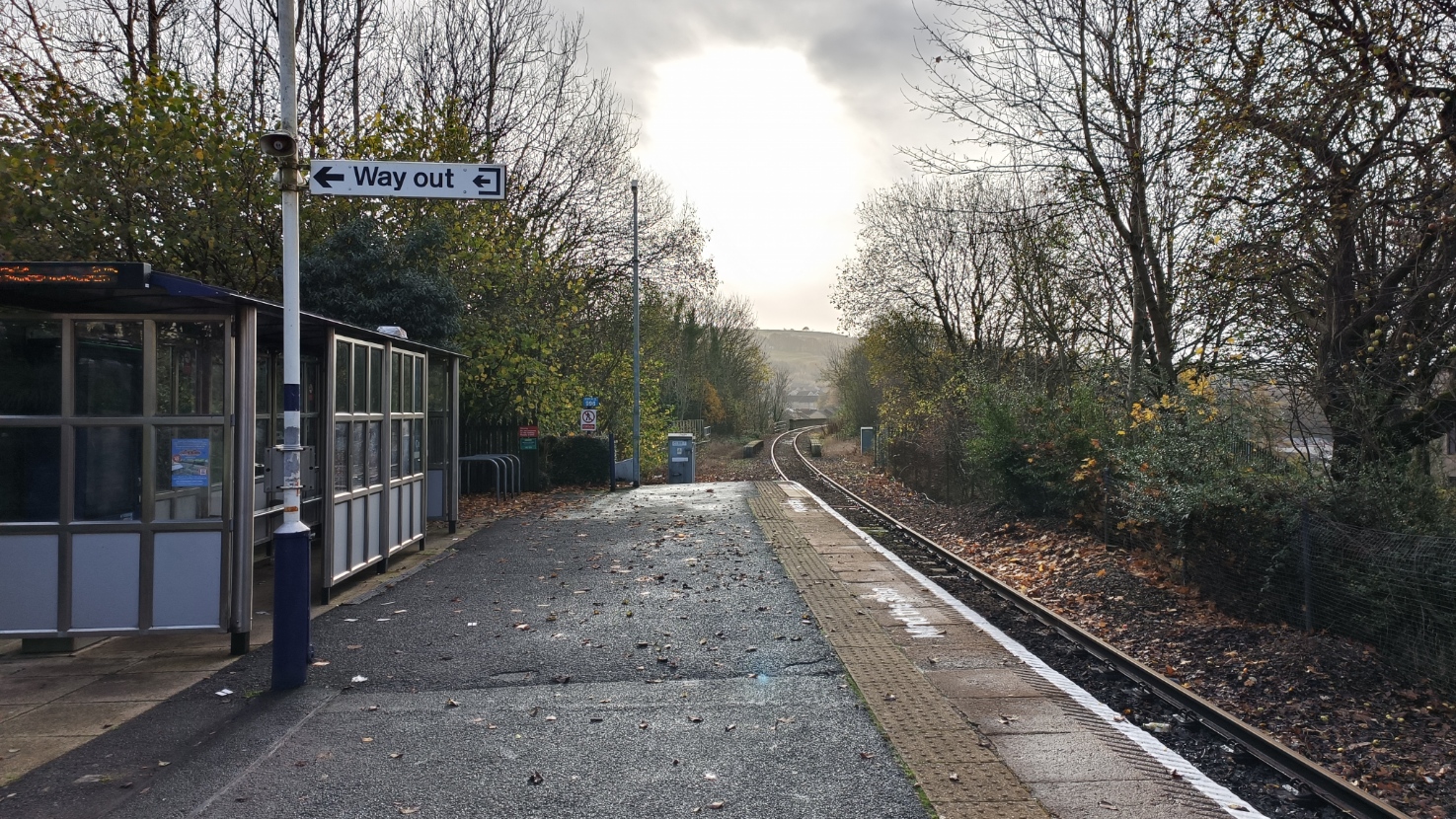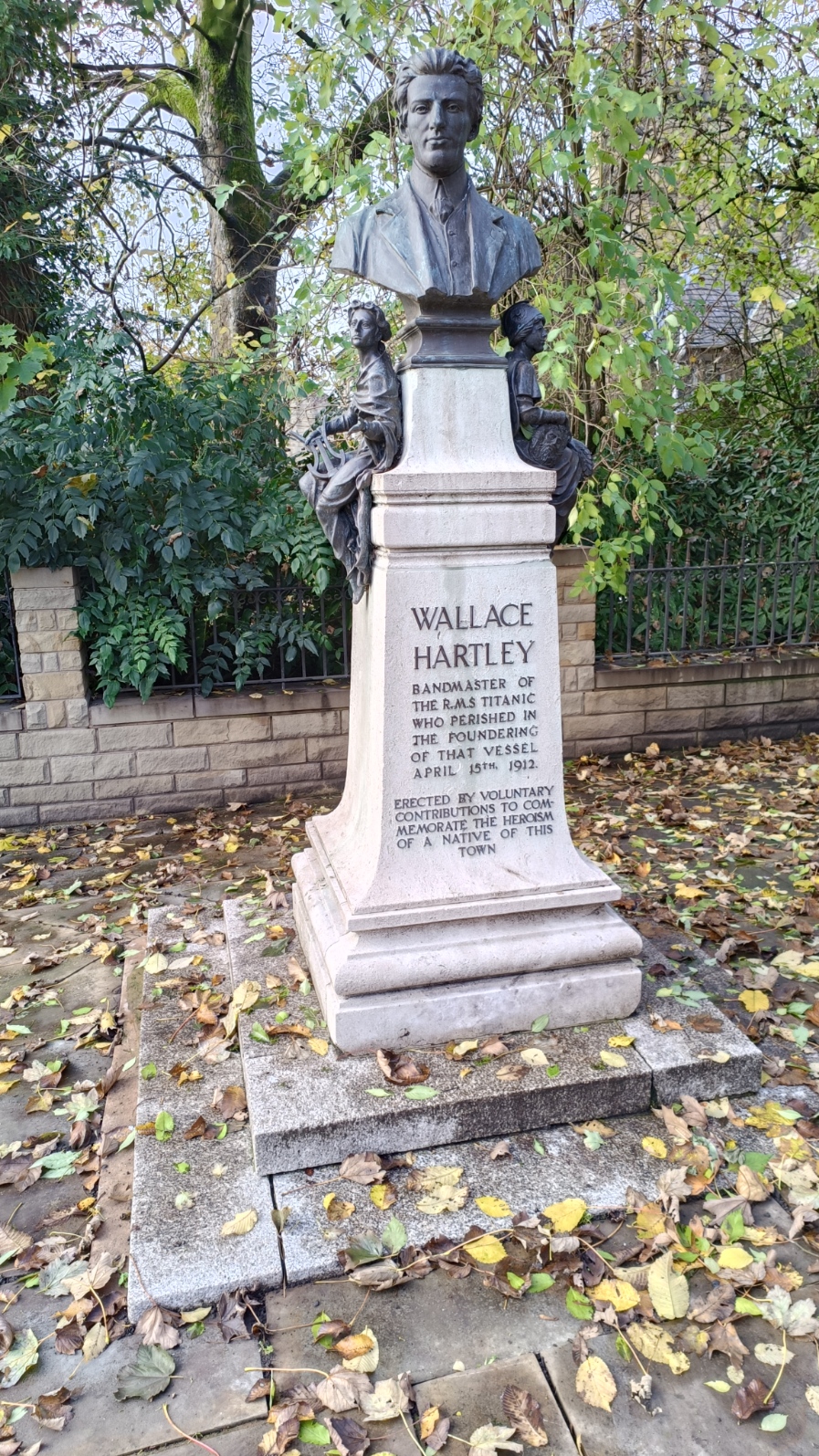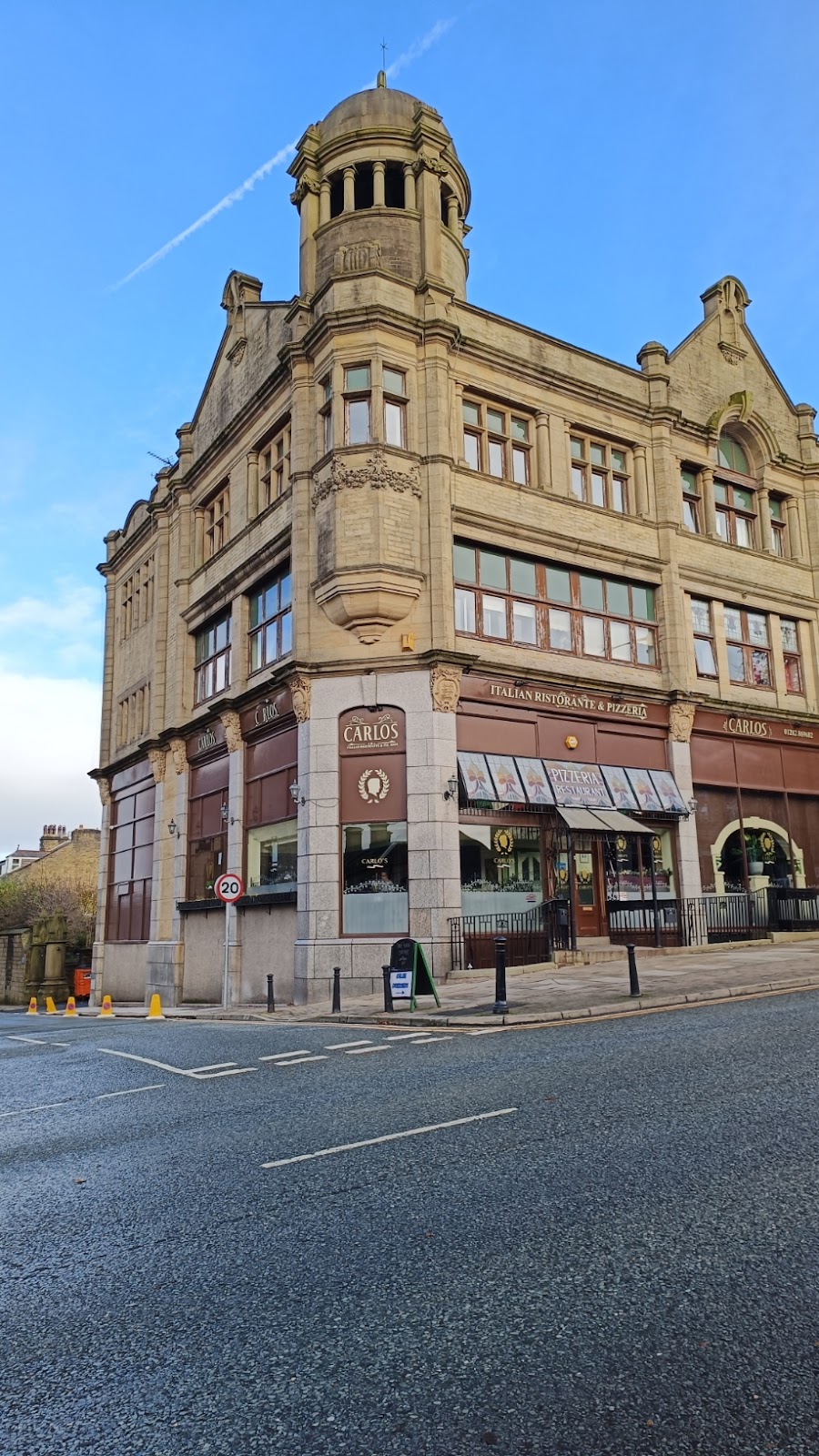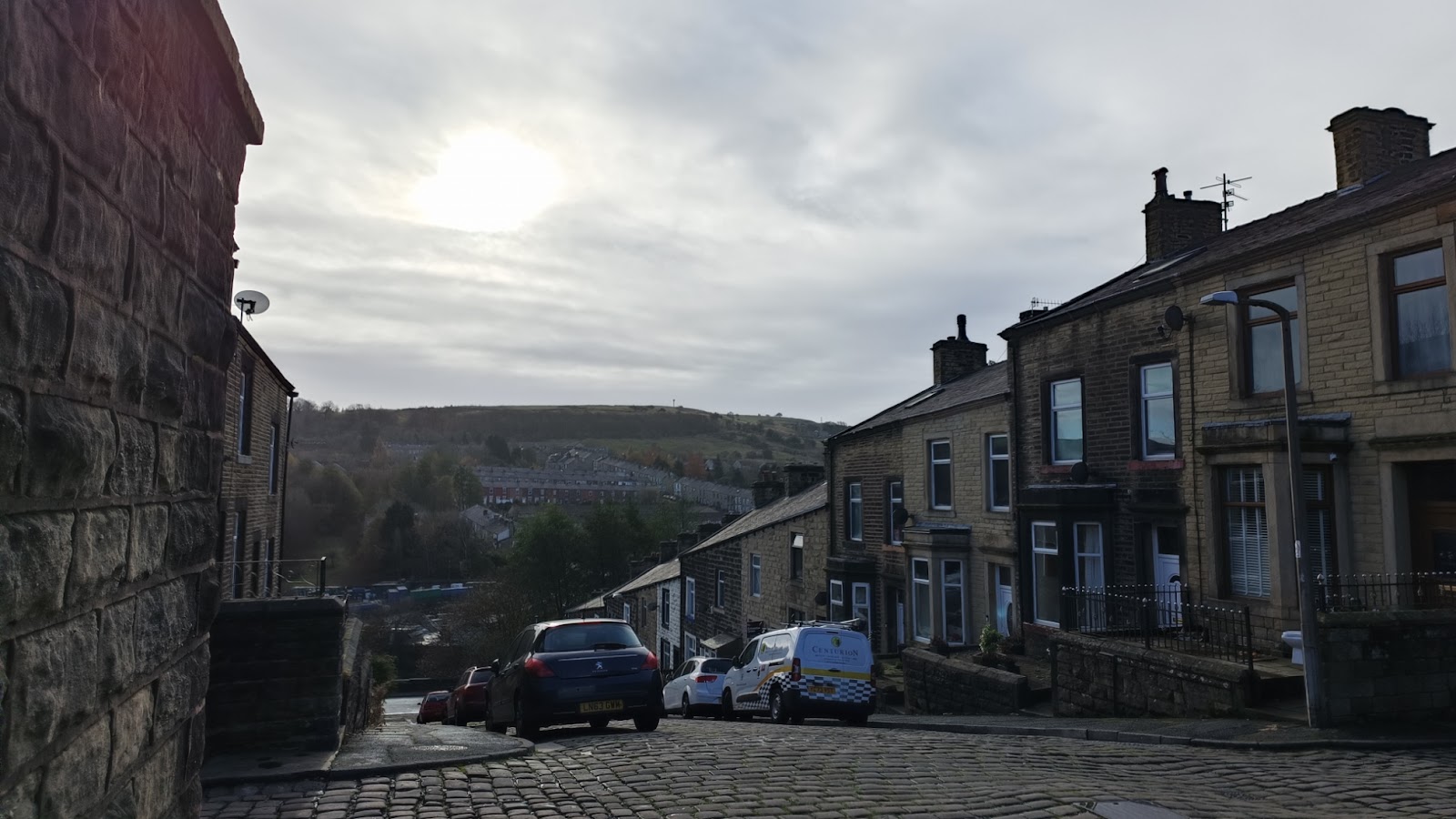Colne
Colne is at the east end of the M65; it is also on the end of a railway from Preston. I guess that makes it the last frontier of civilisation before you get to Yorkshire.
The town is strung out along the A56, which rises up from Colne Water in the west to Commercial Hotel in the east. It was surprisingly vibrant. Unlike Accrington and Burnley, it did not have the feel of somewhere trying to pull itself out of depression. And a lot less closed shops than Preston.
There is an old foundry on the river still in good condition.
Looking the other way, you can see the viaduct that brings the railway into the town. The river is to the left, behind the trees.
The road goes under the railway, and the station is set back on the left.
And on the right...
Colne's big claim to fame is that this is where the bandmaster on the Titanic lives, Wallace Hartley. He lived in a house on the left, and there is a blue plaque to mark it.
And a bit further up there is even a statue of the guy!
This stands by a fine old house, originally called the Gables, that has the war memorial in front of it. The house was built in 1869, for Nicholas England Junior according to here, though the date on the front is 1907. For a while it was Providence Independent Methodist Church.
The municipal hall was built in 1901 as Colne Technical School and Evening Institute. It is now home to Muni Theatre.
Just beyond is a very fancy pizza restaurant. This was the co-operative stores, part of Norway House, and opened in 1907.
Next door, this was Barclays, and previously Martins Bank. I do not think any banks are still open in Colne.
The oldest building in Colne is the church, St Bartholomew's. It was mostly built in the early sixteenth century, though a church had been on the site for at least four centuries by then.
A bit further along, on the right, a pub that used to be the Kings Head Hotel. Now a Wetherspoons celebrating Colne's one famous man - Wallace Hartley.
The local library.
The old fire station was down that side street.
The last building of note is the Commercial Hotel.
One final note about the car park I used, behind the Union. It was free, which was great. It had a time limit of two and a half hours, which was odd. The other thing was it required you to display a disk, that you set to the time you arrived. The disks are free, and you can get them from the local council or nearby shops... The shops I saw at first glance were a tanning salon and a closed charity shop. I asked a lady as she was getting into her car where to go and she happened to have a spare.































Comments
Post a Comment